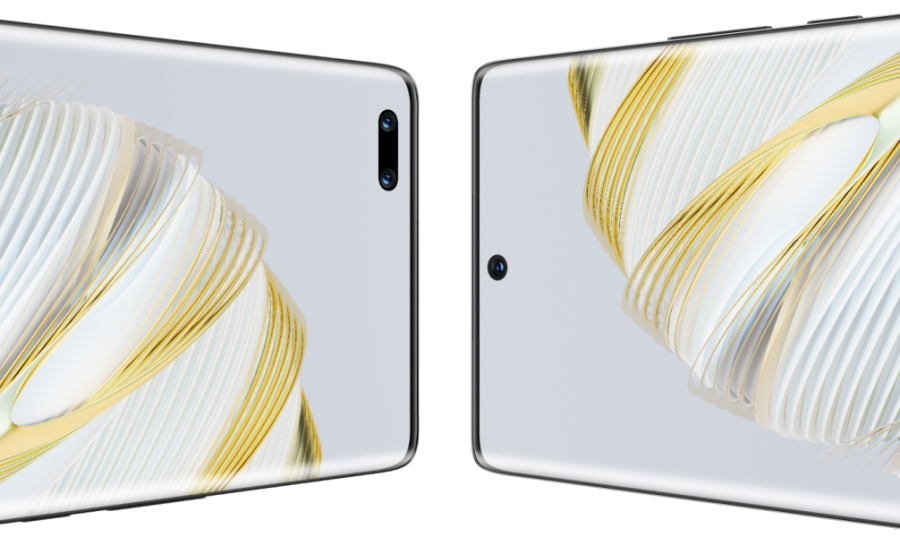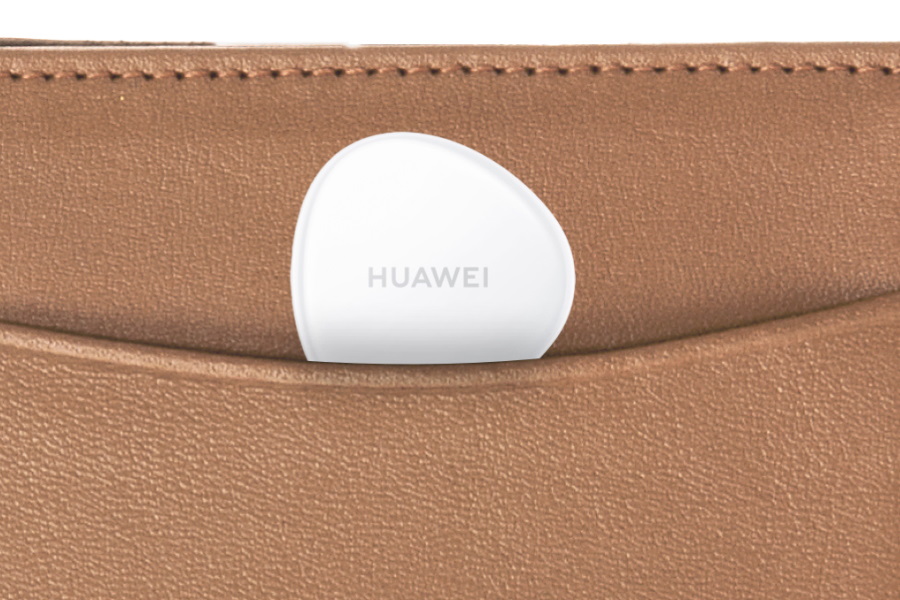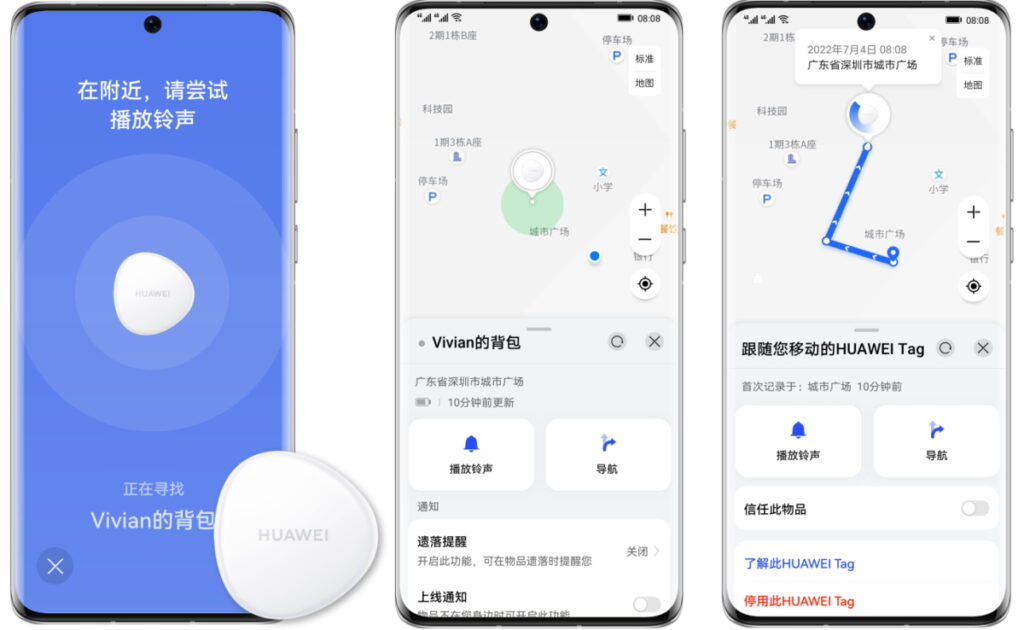For example, both models are powered by the Qualcomm Snapdragon 778G 4G processor. The same also goes for their rear camera module which is inclusive of a 50MP f/1.9 main camera, 8MP f/2.2 ultra-wide camera, and 2MP depth sensor. A closeup of the nova 10 Series’ camera module. [Image: Huawei.]The selfie camera for nova 10 Pro (L) vs standard nova 10 (R). [Image: Huawei.]The simplest way to differentiate them apart is by looking at their selfie camera. This is because only the nova 10 Pro comes with a dedicated 8MP f/2.2 portrait camera alongside the 60MP f/2.4 main selfie camera while the standard model only has the 60MP camera. Hence, we believe this is why the nova 10 Pro also has a slightly larger Full HD+ 120Hz OLED screen at 6.78-inch as opposed to the 6.67-inch screen on the standard model. Additionally, the Pro model’s selfie camera is located on the top left corner section of its screen instead of the top centre as per the standard nova 10. These four colours are meant for both Pro and standard models. [Image: Huawei.]Furthermore, the Pro version has also been equipped with a 4500mAh battery while the standard edition has a smaller 4000mAh battery. Not to forget, the Pro model can support the Huawei SuperCharge charger with a power rating of up to 100W but the standard model is limited to 66W although that is still not shabby at all. Last but not least, they are also priced differently with the nova 10 Pro starting at CNY3,699 (~RM2,441) for the 128GB version while the 256GB option costs CNY3,999 (~RM2,640). For the standard model, the 128GB version goes for CNY2,699 (~RM1,782) and as you may expect, the 256GB is priced slightly higher at CNY2,999 (~RM1,980). The 6-gram tracker has a thickness of only 5.6mm, according to the company. [Image: Huawei.]Meanwhile, the company has also become the latest tech giant to join the tracker market. Similar to the tracker released by the likes of Apple and Samsung, the new Huawei Tag is a Bluetooth and NFC tracker that takes advantage of connected Huawei devices across the land to allow users to locate the device. Users can activate Huawei Tag’s sound alert once they are nearby it so that the tracker can be physically located and picked up immediately. Powered by a user-replaceable CR2032 battery, Huawei claimed that its new IP67-rated tracker can last for up to one year before users have to change its battery. [Image: Huawei.]Price-wise, the Huawei Tag costs CNY99 (~RM66) each or CNY299 (~RM198) for a pack of four. At the moment, it is not known if Huawei has a plan to release the tracker as well as nova 10 Series devices in Malaysia.




